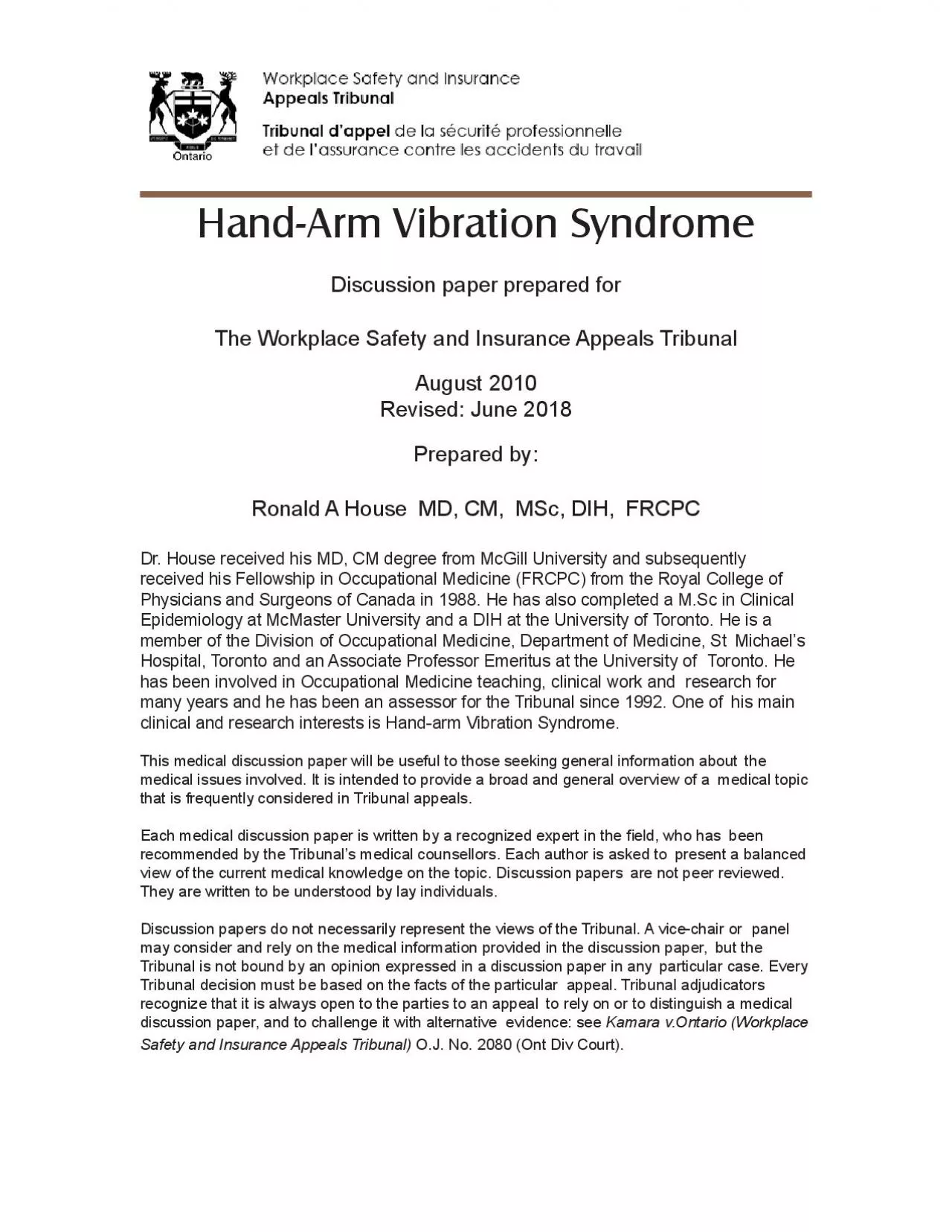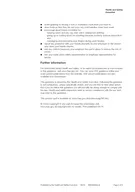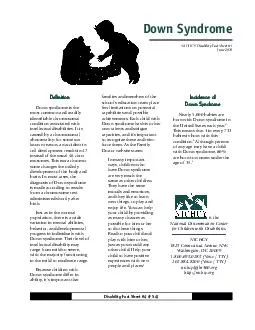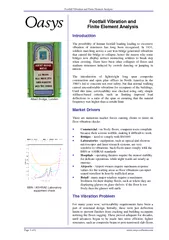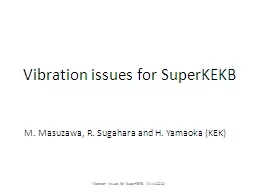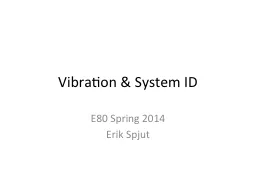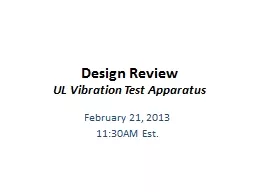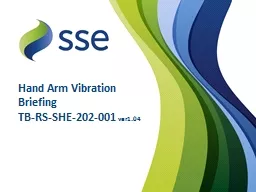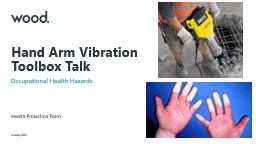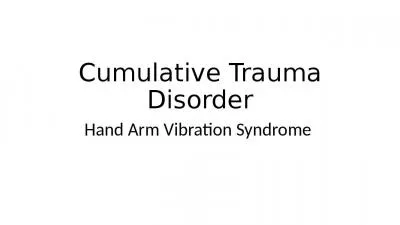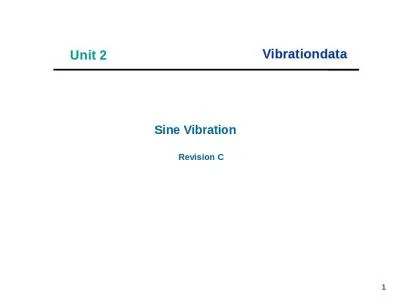PDF-HandArm Vibration Syndrome
Author : caitlin | Published Date : 2022-10-13
HandArm Vibration Syndrome HAVS is a common occupational medicine condition caused by exposure to handarm vibration from the use of handheld vibrating tools or hand
Presentation Embed Code
Download Presentation
Download Presentation The PPT/PDF document "HandArm Vibration Syndrome" is the property of its rightful owner. Permission is granted to download and print the materials on this website for personal, non-commercial use only, and to display it on your personal computer provided you do not modify the materials and that you retain all copyright notices contained in the materials. By downloading content from our website, you accept the terms of this agreement.
HandArm Vibration Syndrome: Transcript
Download Rules Of Document
"HandArm Vibration Syndrome"The content belongs to its owner. You may download and print it for personal use, without modification, and keep all copyright notices. By downloading, you agree to these terms.
Related Documents

